Â
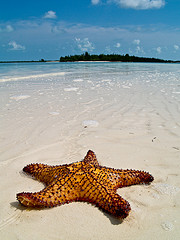 The Caribbean island getaway is heralded as the ultimate vacation bliss. People head to the islands for honeymoons, anniversaries or much-needed relaxation all the time. Caribbean beaches are a great place to catch a tan, but it’s also helpful to remember that travel insurance for the Caribbean can help you avoid several trip hiccups that can come with the beautiful island scenery.
The Caribbean island getaway is heralded as the ultimate vacation bliss. People head to the islands for honeymoons, anniversaries or much-needed relaxation all the time. Caribbean beaches are a great place to catch a tan, but it’s also helpful to remember that travel insurance for the Caribbean can help you avoid several trip hiccups that can come with the beautiful island scenery.
Even though the tropical climate is the reason why people head to the islands each year that same climate can brew some nasty medical conditions that every vacationer wants to avoid. The tropical climate also brings with it some less-than-perfect tropical weather, such as hurricanes, which means travelers might want to have a plan to get away from the islands in case of an emergency.
There are numerous types of travel insurance for the Caribbean that cover medical expenses associated with travel in tropical climates. There’s no telling just how your body will react to the climate change when you step off the plane, and it’s great to make sure that worries about your health don’t affect your travel enjoyment. Of course having shots and vaccinations taking care of before the trips is another way to make sure that medical woes don’t stall your trip before it gets started.
The weather threat that could ruin any vacation is the tropical storm. From June through November, these ferocious weather systems hit the Caribbean often, and it’s impossible to plan around them. So when you have travel insurance for the Caribbean you can choose coverage for trip cancellation if you want to cancel your trip because of a possible storm Alternatively there is also coverage in many plans for emergency evacuation, in case a storm does seem to be head towards the island you are on in the middle of your vacation. Travel insurance for the Caribbean can keep travel woes in check.

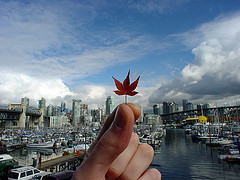 Although Canada may not seem like a particularly exotic travel destination for most Americans, it can still be a great experience to travel up north. Whether you are traveling to Canada’s culturally rich cities such as Quebec City, Montreal, and Vancouver, or whether your goal is to see a polar bear in Manitoba, there are several important things to keep in mind to make sure your travel experience is the best it can be. Travel insurance for Canada can cover you in the event of frostbite while skiing or spraining and ankle while on Quebec’s cobblestone streets.
Although Canada may not seem like a particularly exotic travel destination for most Americans, it can still be a great experience to travel up north. Whether you are traveling to Canada’s culturally rich cities such as Quebec City, Montreal, and Vancouver, or whether your goal is to see a polar bear in Manitoba, there are several important things to keep in mind to make sure your travel experience is the best it can be. Travel insurance for Canada can cover you in the event of frostbite while skiing or spraining and ankle while on Quebec’s cobblestone streets. For Americans, Australia is might seem awfully far away (that’s because, well, it is.) This is part of the country’s appeal of course, since it really is like traveling to another world. Not only is it a trip across several time zones, it’s also a trip to a completely different season, since the Southern hemisphere is reversed from the Northern one.
For Americans, Australia is might seem awfully far away (that’s because, well, it is.) This is part of the country’s appeal of course, since it really is like traveling to another world. Not only is it a trip across several time zones, it’s also a trip to a completely different season, since the Southern hemisphere is reversed from the Northern one.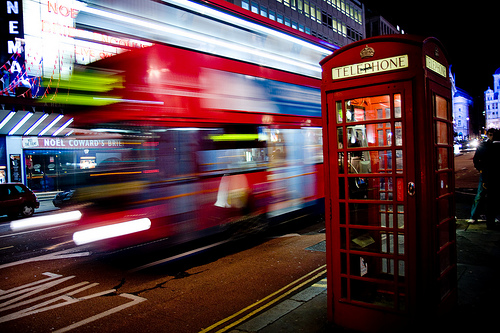 Although the U.K., like Western Europe in general, avoids the problems associated with travel to developing nations, there are still issues that the wary traveler should keep an eye on during a vacation. One of these issues is the drastic difference in driving habits between the U.S. and U.K.
Although the U.K., like Western Europe in general, avoids the problems associated with travel to developing nations, there are still issues that the wary traveler should keep an eye on during a vacation. One of these issues is the drastic difference in driving habits between the U.S. and U.K.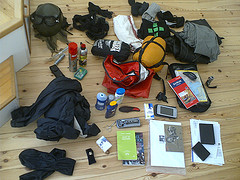 3. Take a photo of your luggage contents
3. Take a photo of your luggage contents 9. Buy TSA-approved locks
9. Buy TSA-approved locks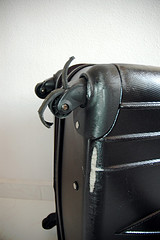 15. Don’t check a broken bag
15. Don’t check a broken bag 23. Avoid expensive looking luggage
23. Avoid expensive looking luggage Volunteering overseas can be an incredibly rewarding experience
Volunteering overseas can be an incredibly rewarding experience 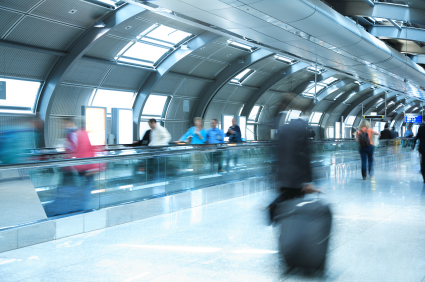 Annual Travel Insurance
Annual Travel Insurance Mexico is a great place to get away for spring break (or “Spring Break!â€), or for a winter escape from the office. It offers sunny destinations like Cozumel and Cancun that seem like they’re just what the doctor ordered for relaxation and escape. That’s why it’s important to make sure you get maximum relaxation out of the trip and avoid some of the potential problems that might arise with travel to Mexico. Travel insurance for a trip to Mexico can be a good first step to avoiding these bumps.
Mexico is a great place to get away for spring break (or “Spring Break!â€), or for a winter escape from the office. It offers sunny destinations like Cozumel and Cancun that seem like they’re just what the doctor ordered for relaxation and escape. That’s why it’s important to make sure you get maximum relaxation out of the trip and avoid some of the potential problems that might arise with travel to Mexico. Travel insurance for a trip to Mexico can be a good first step to avoiding these bumps. To make the most of any trip, even if you’re going on a group tour, a good guidebook is a must.
To make the most of any trip, even if you’re going on a group tour, a good guidebook is a must.  Buying travel insurance online give you immediate and accurate quotes
Buying travel insurance online give you immediate and accurate quotes